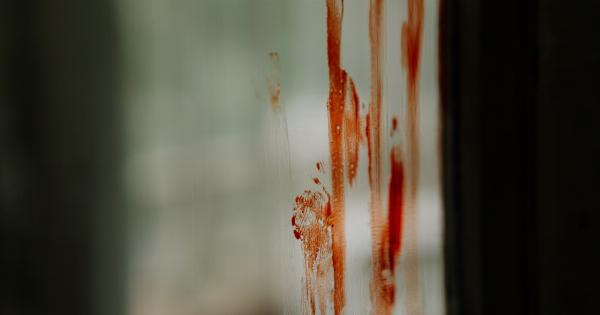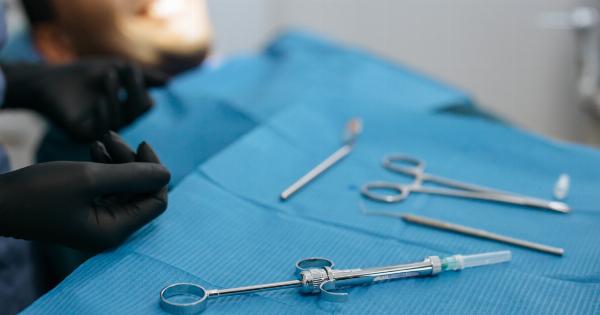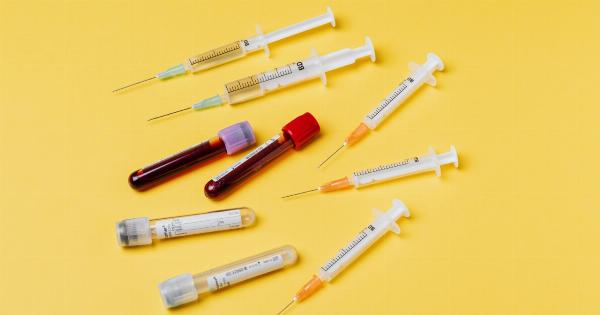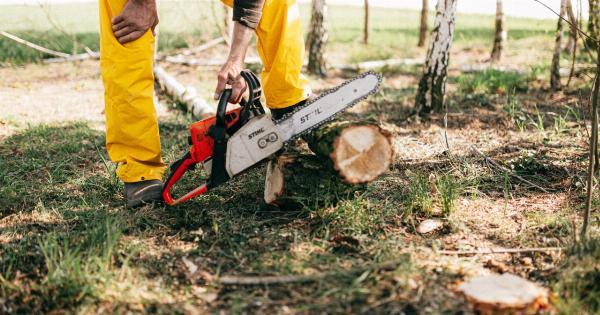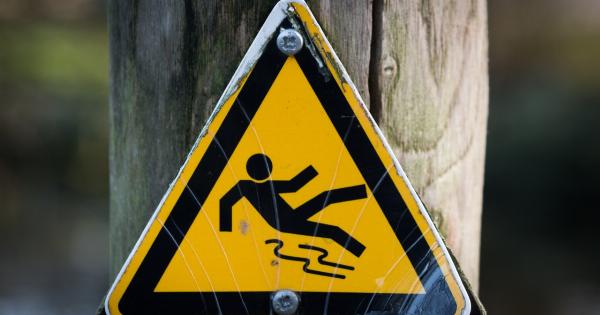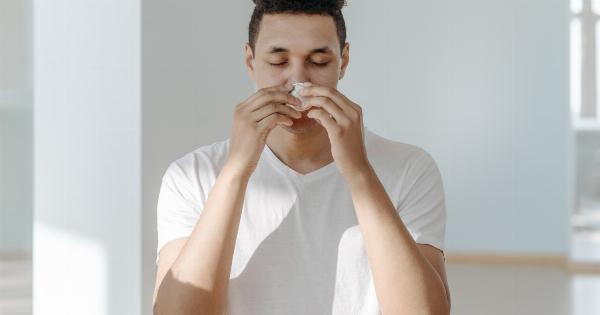Tweezers are small instruments that are designed to hold and pluck out small objects. They are commonly used in various fields, including medicine, beauty, and crafting.
However, not everyone knows how to properly use tweezers, leading to ineffective results or even harm to oneself. In this article, we will discuss the proper usage of tweezers: when and where to use them.
Types of Tweezers
Before we delve into how to use tweezers, let us first discuss the different types of tweezers. Knowing the different types will make it easier for you to choose the right one that fits the job at hand.
Pointed Tweezers
Pointed tweezers have sharp and narrow tips that make it easier to grip small objects. They are commonly used in medical procedures, such as removing splinters or ingrown hairs.
Pointed tweezers can also be utilized in crafting or other precise work that requires the user to hold small materials.
Slanted Tweezers
Slanted tweezers have slanting tips that are slightly wider than pointed tweezers. They are designed to grip and pluck hairs, making them ideal for use in grooming or hair removal.
Slanted tweezers are also useful in crafting or any activity that requires holding and manipulating thin wires or strings.
Flat Tweezers
Flat tweezers have flat tips, making them ideal for holding flat and wide objects. They are commonly used in crafting and jewelry making, particularly in gripping and bending flat wires or sheets.
Using Tweezers Safely
While tweezers are useful tools, they can also be dangerous if not used properly. Here are some safety tips to remember when using tweezers:.
Always sterilize tweezers before use.
Whether you’re using tweezers for grooming, medical, or crafting purposes, it is important to sterilize them first. This helps prevent the spread of germs and bacteria that can cause infections.
Clean tweezers with alcohol or sterilizing solution before and after use.
Use tweezers in a well-lit area.
Working in a poorly lit area can lead to an increase in eye strain and can make it difficult to focus on small objects. Good lighting reduces the chances of injuring yourself while using tweezers.
If necessary, use a magnifying glass or a lamp with a bright light to improve visibility.
Be careful when handling sharp-tipped tweezers.
Sharp-tipped tweezers can be dangerous if not handled carefully. Use pointed tweezers with caution, especially around sensitive areas such as the eyes or gums. Make sure to grip the object tightly and avoid sudden movements that may cause injury.
Don’t use tweezers to remove large and deep splinters.
If you have a large or deep splinter, it is best to seek medical attention. Using tweezers to remove a deep splinter may cause further damage or infection. Instead, clean the area with soap and water, and consult a doctor if necessary.
When and Where to Use Tweezers
Now that you know the different types of tweezers and how to use them safely, let’s discuss when and where to use tweezers.
Grooming
One of the most common uses of tweezers is in grooming and personal hygiene. Tweezers are often used to remove unwanted facial and body hair, such as eyebrows, chin, and upper lip hair.
When choosing tweezers for grooming, slanted tweezers are the best option as they can grip and pluck hair at the roots.
Medical Procedures
Tweezers are also used in medical procedures, particularly in removing foreign objects such as splinters, glass, or metal fragments.
Pointed tweezers are the best option for medical procedures as they can accurately grip small and hard-to-reach objects.
Crafting
Tweezers are also useful in crafting, particularly in holding and manipulating small materials such as beads, wires, or fabrics. Depending on the craft, you can use either pointed, slanted, or flat tweezers.
Pointed tweezers are ideal for holding small and delicate objects, while slanted tweezers can grip and pluck small wires or strings. Flat tweezers are best used in bending and shaping flat objects.
Conclusion
Proper usage of tweezers is important to prevent injury and achieve accurate results. When using tweezers, remember to sterilize them, work in a well-lit area, and handle sharp-tipped tweezers with care.
Depending on the task at hand, you can choose between pointed, slanted, or flat tweezers for best results.












